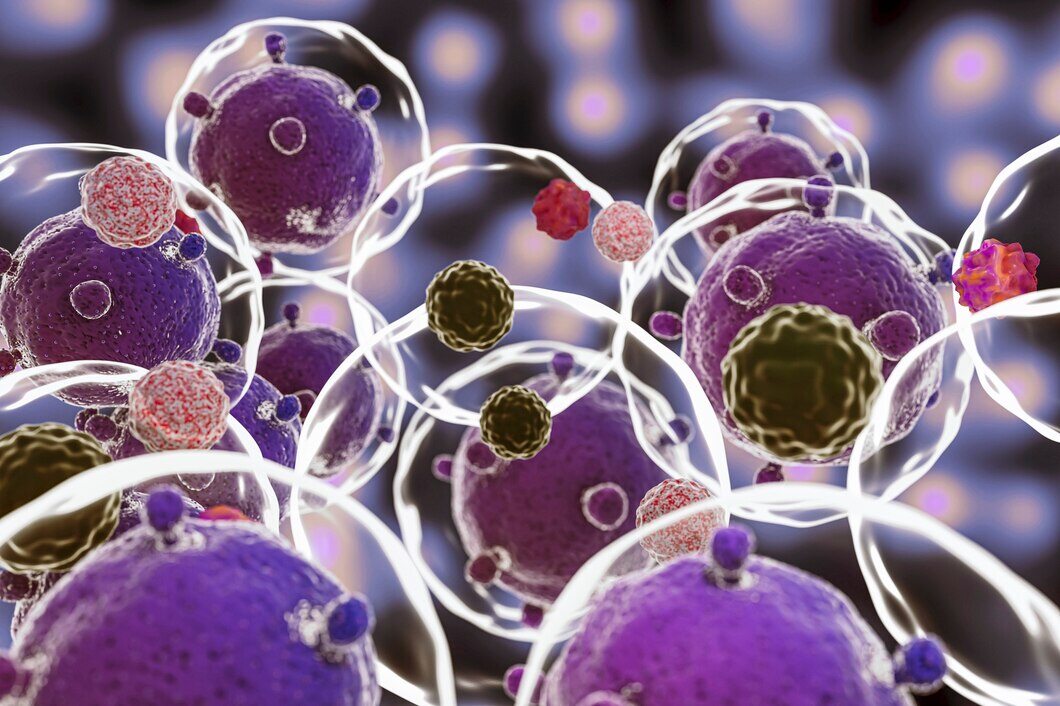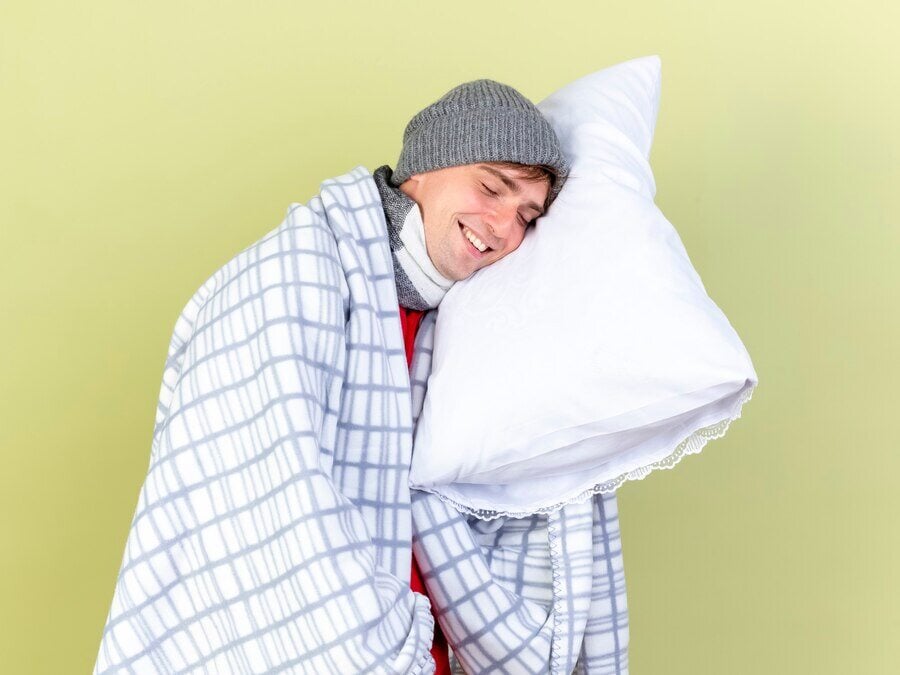Winter Triggers for Histamine Issues and How to Avoid Them
Winter can be a challenging time for individuals with histamine issues. Cold weather brings unique triggers that can worsen symptoms. These triggers may include changes in the environment and diet, both of which can cause your histamine levels to spike. Being aware of these triggers is the first step toward managing them effectively.
Understanding how environmental factors like indoor heating, dust, and mold can increase histamine levels is crucial. During winter, people spend more time indoors, which can lead to higher exposure to these triggers. Similarly, diet plays a significant role in managing histamine levels. Many of the foods and drinks we consume more of in winter can also contribute to histamine overload.
By being proactive and making informed choices, you can avoid these common triggers and enjoy a healthier winter season. This article will explore various strategies to help you manage and reduce histamine issues during the colder months.
Understanding Winter Triggers for Histamine Issues
Winter can introduce many triggers for histamine issues. Cold temperatures, changes in air quality, and spending more time indoors can worsen symptoms. These seasonal changes can lead to increased histamine production in the body, causing discomfort and allergic reactions.
During colder months, your body tries to stay warm, which can cause blood vessels to constrict. This response can lead to reduced blood flow and make it harder for the body to deal with histamine efficiently. Some people may also experience heightened sensitivity to cold air, which can irritate the respiratory tract and trigger histamine release.
Increased time indoors during winter also leads to more exposure to indoor allergens like dust mites, pet dander, and mold. These allergens can overstimulate your immune system, causing it to release more histamine. Understanding these winter-specific triggers is crucial for managing symptoms and improving overall well-being.
Common Environmental Factors That Increase Histamine Levels in Winter
Several environmental factors can increase histamine levels during winter. Here are some common triggers to watch for:
- Indoor Heating: Central heating can dry the air inside your home, which can dry out your nasal passages and skin. This dryness can irritate your respiratory system and lead to increased histamine release.
- Dust and Mold: Spending more time indoors often means more exposure to dust and mold. Both can trigger allergic reactions, resulting in higher histamine levels. Mold can grow in damp areas like bathrooms and basements, making regular cleaning essential.
- Pet Dander: With people staying indoors, pets contribute to indoor allergens more than usual. Pet dander is a common trigger and can cause symptoms like sneezing, itching, and watery eyes.
- Cold Air: Cold winter air can irritate the respiratory tract, leading to increased histamine response. Breathing in cold air can lead to coughing, sneezing, and even asthma-like symptoms.
By identifying and addressing these environmental factors, you can reduce histamine levels and prevent flare-ups during the winter. Regular home cleaning, using humidifiers, and maintaining a comfortable indoor temperature can help manage these triggers effectively.
How Diet Affects Histamine Levels in Winter
Diet plays a significant role in managing histamine levels, especially in winter. Eating certain foods can either trigger or alleviate histamine reactions. As the weather gets colder, many people turn to comfort foods, which can be high in histamine or histamine-releasing properties.
- Processed Foods: Winter holidays often mean more processed foods, which are typically high in preservatives and additives that can increase histamine levels. Avoid packaged snacks, canned soups, and processed meats.
- Alcohol: People tend to drink more alcohol during winter celebrations. Alcohol can inhibit the breakdown of histamine, leading to higher levels in your body. Long-term, it can worsen histamine intolerance.
- Fermented Foods: Tempting as they may be, fermented foods like sauerkraut, yogurt, and certain cheeses can trigger histamine release. While these foods are generally healthy, they can pose a problem for those with histamine issues.
- Leftover Foods: Leftovers are common in winter, but the longer food sits, the more histamine it accumulates. Try to eat fresh meals and avoid keeping leftovers for too long.
Understanding how these foods affect your histamine levels can help you make better dietary choices during winter. Opt for fresh, whole foods and be mindful of your intake of histamine-rich foods.
Practical Tips to Avoid Winter Triggers for Histamine Issues
Avoiding winter histamine triggers requires a proactive approach. You can manage your histamine levels effectively by making small adjustments in your daily routine. Here are some practical tips:
- Improve Indoor Air Quality: Use air purifiers with HEPA filters to reduce dust and allergens. Keep your living spaces clean and free from mold. Regularly vacuum carpets and clean surfaces to minimize allergen buildup.
- Moisturize and Humidify: Combat dry indoor air by using a humidifier. Maintain a humidity level between 40-60% to help reduce respiratory irritation. Hydrate your skin with moisturizers to prevent it from becoming dry and itchy.
- Dietary Adjustments: Focus on fresh, whole foods. Avoid processed, fermented, and leftover foods that can increase histamine levels. Opt for fresh fruits, vegetables, lean meats, and gluten-free grains.
- Stay Warm: Dress in layers to keep warm and avoid rapid temperature changes, which can trigger histamine release. Use scarves to cover your nose and mouth in cold weather to warm the air before it reaches your lungs.
- Stay Hydrated: Drink plenty of water to keep your body hydrated. Dehydration can worsen histamine symptoms, so aim for at least eight glasses of water a day.
- Reduce Stress: Engage in stress-relieving activities such as yoga, meditation, or light exercise. Stress can increase histamine levels, so managing it is key to reducing symptoms.
These tips can help you manage and minimize histamine triggers during winter, leading to a more comfortable and healthier season.
Conclusion
Winter can be a challenging season for those with histamine issues. Environmental factors like indoor heating, dust, mold, and dietary changes all contribute to higher histamine levels. By understanding these triggers and taking proactive steps, you can better manage your symptoms.
Avoiding processed and fermented foods, staying hydrated, and improving indoor air quality are essential strategies. Simple measures such as using humidifiers, dressing warmly, and reducing stress can also make a significant difference. It is important to find a functional medicine doctor who focuses on finding and fixing the core root cause of these symptoms to help you heal.
At Infinity Wellness, located in Waxahachie, TX, we specialize in holistic, root-cause care tailored to your unique health journey. Serving both local and nationwide patients through in-person and virtual services, we offer comprehensive programs to address conditions such as hormonal imbalances, chronic fatigue, and digestive issues. Our goal is to help you achieve long-term wellness and vitality. Ready to transform your health? Book an appointment here - Our Holistic Approach to Wellness - Infinity Wellness Telehealth.



